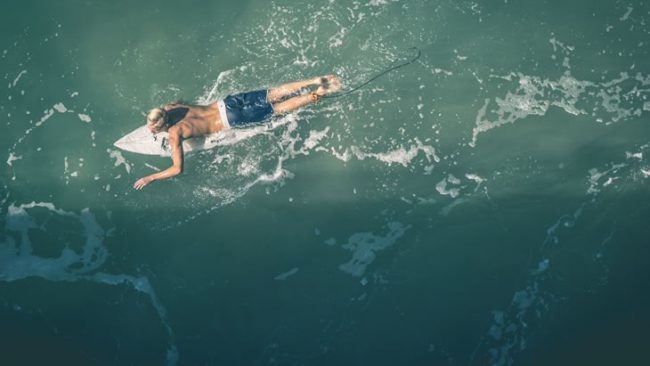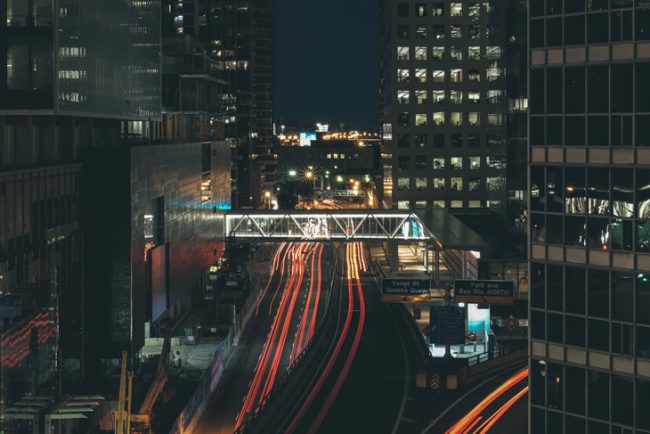During COVID-19 pandemic, online mode of education has become a harsh reality with many advantages and disadvantages to be debated. Teaching theory subjects of any stream through online mode has gain an overall acceptance with teachers as well as students. The online teaching has been supplemented through many so called effective mode like: interactive lectures using boards to teach, U-tube videos with full explanations, PPTs with all types of animations and explanations, simple uploading of reading materials in doc or pdf forms, and people are exploring many other ways to make the online teaching and learning process more effective and enjoyable. Practical work is an essential element of any science, engineering, technology and medical curriculum that has experimentation at its core, thus, offering online practical learning can be challenging. But these challenges can be overcome by dedicated and hardworking teachers who are busy in developing online practical materials.
Making teaching and performing of online practical at par with real/live performance of practical, can be achieved through videos (virtual lab learning) equipped with advance virtual reality well supported by theory, procedure, interactive simulations, richly featured animations, experimenting outcomes, viva-voce and feedback. The virtual labs should make use of cutting edge simulation technology to create real world lab environments. Detailed study and research have to be carried out for better understanding of the experimental procedures and to present them in a more effective and understandable manner for online environment. Real lab scenarios can be captured through live demonstration of the experiment so as to assimilate information on the procedures, use & handling the lab equipment. Visualisation and development of the graphical symbols have to done based on realistic situations and compared with the respective real equipment. Simulations are to be made interactive using various authoring tools, thus recreating and simulating a real lab environment.
It is true that new scientific inventions cannot be made through virtual labs but practical knowledge to students can be imparted more efficiently and less expensively with the help of online practical teaching. Teachers have to work hard to make virtual practical for each and every practical with an attractive and clarity that students should feel that they are doing practical on their own. Students will develop the ability to perform, record and learn experiments – anywhere, anytime, and individualised practice in all areas of experimentation. Virtual labs should be equipped with the learning-enabled assessment to assess the procedural and manipulative skills of the experiment, the concepts and understanding of the experiment and a student’s reporting and interpreting skills.
Historically, practical skills for distance learners were developed using home experiment kits and occasional intensive face-to-face laboratory sessions. The internet however provides new opportunities for teaching practical science, and access to science learning through new technology is booming. Some of the skills students learn through practical work require a level of manual dexterity that is best learned in a face-to-face environment, but many others can be achieved using online experiments. At present, there are many providers of practical science experiments online, from those aiming at school students through to postgraduate level. Medicine was an early adopter with the Howard Hughes Medical Institute, for example, hosting a number of virtual labs for many years. More recently, the Royal Society of Chemistry (RSC) has added a section of screen experiments to their experimentation hub in Learn Chemistry. While many of the virtual labs for different subjects can be found online are simulations, used particularly as pre-lab familiarisation activities, many more involve acquisition and interpretation of data in online experiments. Similarly, the North American Network of Science Labs Onlinealso provides remote access to experiments in physics, biology and chemistry to over 600 students per semester. In India also, many educational institutes/universities/colleges are going ahead in developing online labs and Amrita Vishwa Vidyapeetham university has done a commendable job in this regard by developing online lab modules for different disciplines like Physics, chemistry, Biology and Maths.
The sophistication of online experiments varies from a simple video from which students can record data (often with a timer running on screen) to 3D immersive laboratories or field trips based on gaming technology as well as experiments controlled remotely over the internet. Another type of online experiment is the interactive screen experiment that replicates as much as possible a real experimental setup with data provided from archives of results generated by changing experimental variables. Many of these involve an interactive tool that replicates important features of a particular instrument.
As in a face-to-face laboratory, students need ample support to succeed. Key to this is a well-designed online environment. The experiments themselves need few specific instructions, as they are designed to be embedded in a virtual learning environment with supporting text and video materials covering the background theory. This also enables the same experiment to be used in a slightly different context for different modules and with different levels of support depending on experience. When designing online experiments, it is essential that the learning design is driven by the learning objectives rather than the technology. By their very nature, practical skills involve active learning, thus in designing online experiments it is important to build the asset so students have to actively engage with the experiment. They should not be able to just click through a series of buttons to achieve results and should have the opportunity to learn by their mistakes.
Not only during COVID-19 pandemic but in other times also where the virtual labs can be made available to students with no access to physical labs or where equipment is not available owing to being scarce or costly. This will help them compete with students in better equipped schools and bridges the digital divide and geographical distances. When access to the physical lab to students is limited only for a short period of time, the online experiments can be accessed anytime and anywhere, overcoming the constraints on time, resources and climate.
Further reading:
- https://www.insidehighered.com/advice/2020/04/08/five-objectives-online-science-labs-lend-themselves-virtual-teaching-opinion
- http://www.olabs.edu.in/
- http://labonlaptop.com/
- https://edu.rsc.org/feature/practical-science-at-a-distance/2000104.article
- https://www.futurelearn.com/courses/collections/teaching-practical-science
- http://www.open.ac.uk/about/teaching-and-learning/esteem/projects/themes/teaching-laboratory-practice-online/online-practical-work-science-and-engineering
- https://praxilabs.com/



